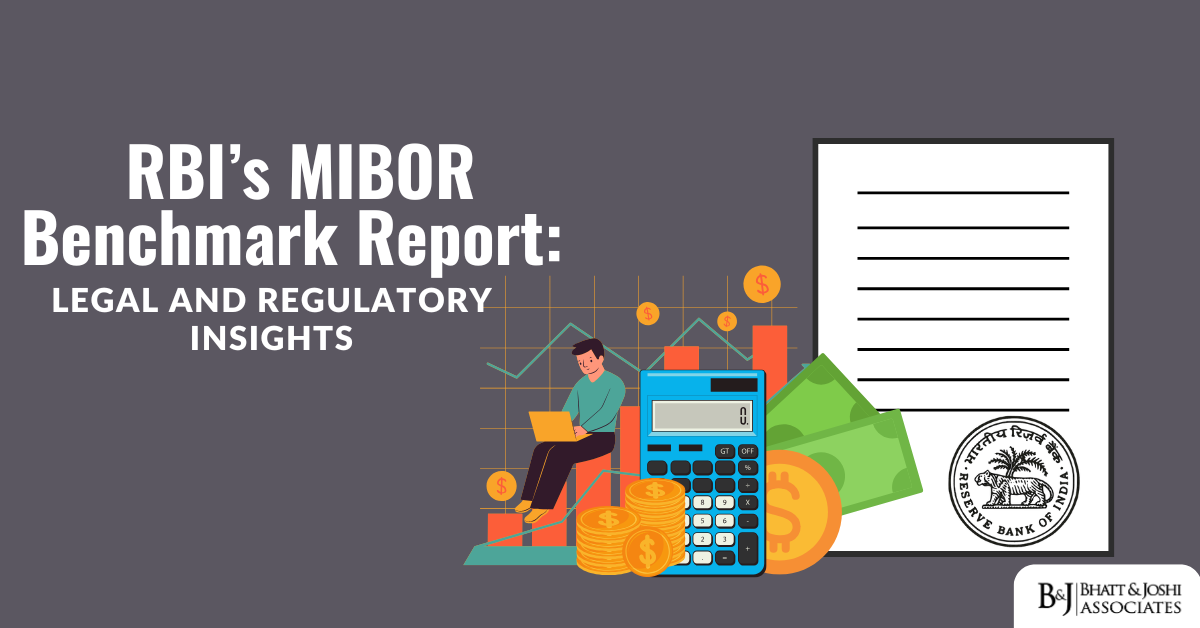Introduction
The Indian securities market has evolved significantly in recent years, driven by the rapid integration of cutting-edge technologies, including Artificial Intelligence (AI). A well-regulated and transparent securities market is essential for sustainable economic growth, with the secondary market reflecting the health of the economy. However, the rise of Algorithmic trading, particularly High-Frequency Trading (HFT), has introduced both opportunities and challenges to market integrity. This article explores the functioning of Algorithmic trading/HFT, strategies employed by high-frequency traders, potential threats, and the regulatory landscape governing Algorithmic trading/HFT in India.
Decoding High-Frequency Trading
HFT relies on advanced algorithms and high-speed execution capabilities to capitalize on small price movements in the market. These traders leverage low-latency networks and massive data centers to execute trades faster than human traders. Successful HFT strategies require speed, availability of data, colocation (physical location), and low-latency networks to exploit market inefficiencies effectively.
Strategies Employed Under High-Frequency Trading
HFT encompasses diverse strategies such as statistical arbitrage, market making, and order anticipation. Statistical arbitrage involves exploiting temporary pricing inefficiencies between related securities, while market making entails providing continuous buy and sell quotes for various securities to capture bid-ask spreads. Order anticipation involves detecting and front-running large institutional orders to profit from the temporary price impact.
Potential Threats of High-Frequency Trading
While HFT has increased market liquidity and efficiency, concerns about market manipulation and unfair advantages have emerged. Illegal practices such as layering, spoofing, and quote stuffing distort market prices and undermine market integrity. Moreover, HFT can amplify market volatility and contribute to extreme price movements, as evidenced by flash crashes.
SEBI Regulatory Measures
Recognizing the risks associated with HFT, SEBI has implemented regulatory measures to strengthen Algorithmic trading in India. These measures include conducting system audits, enhancing surveillance of algorithmic trading, rigorous testing and certification of trading systems, introducing economic disincentives for high daily order-to-trade ratios, and tagging algorithms for surveillance purposes. Recent circulars have addressed the issue of unregulated platforms offering algorithmic trading services, aiming to prevent mis-selling and protect investors’ interests.
Conclusion
Algorithmic trading offers the potential for faster and more efficient transactions but requires robust regulatory oversight to prevent market abuse and safeguard investor interests. SEBI’s proactive regulatory measures aim to balance innovation with market integrity, promoting transparency, fair competition, and systemic stability. By staying agile and responsive to market dynamics, SEBI can facilitate the responsible adoption of algorithmic trading while mitigating potential risks to market integrity.














